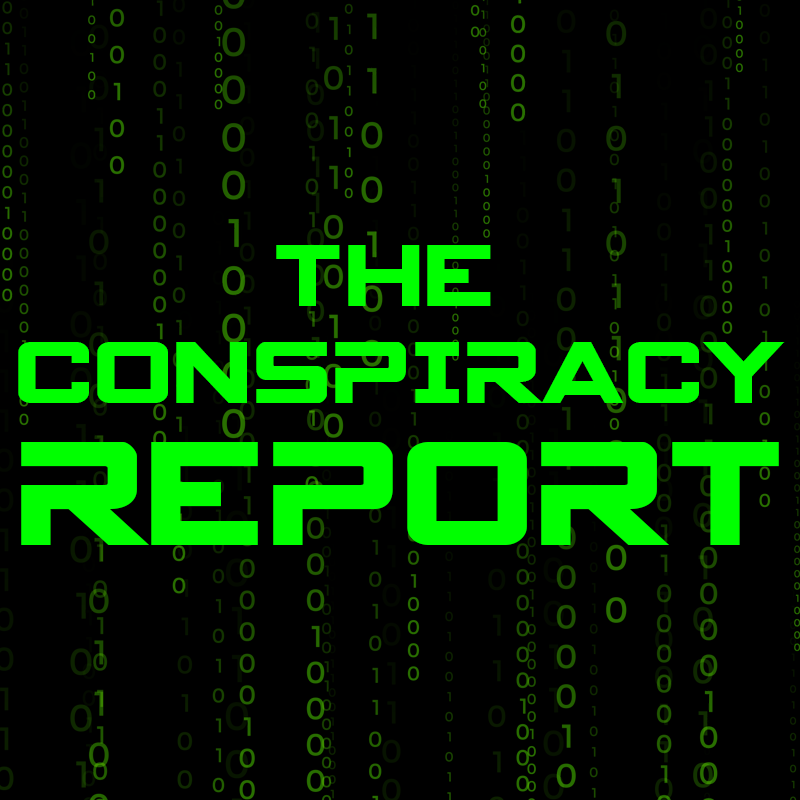
Ancient viral relics remain in our DNA, from a time before humans walked the Earth. Up until now, they were dormant and mysterious. But that just changed…
By David Sussin
We think of viruses as germs that make us sick. But they do much more.
They interact with human proteins. And through this interaction, they drive changes in who we are, what we're like.
In 2016, scientists studied 1,300 proteins affected by viruses and found that these pathogens drive a surprising amount of evolutionary change.
In fact, the results were published under the title, "Viruses are a Dominant Driver of Protein Adaptation in Mammals".
These viral fossils are called "human endogenous retroviruses" or HERVs. And the study showed they've driven about 30% of the adaptive changes in human proteins.
This means viruses have been one of the most powerful forces shaping human evolution.
There are some astounding examples: the gene crucial for forming memories and learning in the brain, called the "Arc gene", evolved from a retrovirus capsid protein. And retroviral genes regulate innate immunities, ironically helping us fight infections.
The disturbing thing is, viruses are not human. They are separate entities that infect us. Yet remnants of ancient viruses have been in our system so long that they've become part of our biology.
About 8 percent of our DNA -- the code that tells our cells how to grow, function, and interact -- actually comes from HERVs.
These are broken, leftover fragments from infections our distant ancestors endured, long before humans even existed as a species. They are molecular fossils of ancient viral encounters.
Some would point to this as proof our viral-driven genetic leaps in human intelligence and communication weren’t random, but engineered by ancient astronauts.
Why are humans so far ahead of all other animals on Earth?
Astronomer Fred Hoyle and Nobel laureate molecular biologist Francis Crick (among others) championed the theory that human life was seeded from space -- they called it "directed panspermia".
Astrophysicist Paul Wesson speculated there could even be "necropanspermia", where dead viruses sparked life once they mixed with Earth's elements.
These theories of ancient astronauts engineering human life are widely dismissed. Yet ancient viral relics remain in our DNA, from a time before humans walked the Earth.
Up until now, they were dormant and mysterious, taking up space in our genome with their structure and function largely unknown.
But that just changed.
Scientists at the La Jolla Institute for Immunology created the first 3-D look at an ancient viral protein previously hidden in our DNA.
It comes from an ancient family of viruses called HERV-K that still makes viral proteins in our system. The one they modeled is called "Env", and it shows up in a lot of terrible places.
The protein has been found in several cancers, including breast, ovarian, prostate, melanoma, and leukemia. It's also been linked to autoimmune diseases like rheumatoid arthritis, lupus, and type 1 diabetes, as well as neurodegenerative diseases like ALS.
Before the study, scientists had no structural information about the protein, preventing them from studying it as a possible treatment for all the diseases where it shows up.
Now, a new world of possibilities has opened up. Using a powerful imaging method, the La Jolla researchers mapped the viral protein in three dimensions.
The ancient pathogen's structure was odd - you might even call it alien. It didn't match known viruses. The researchers found it possessed a "distinct fold and architecture compared to HIV and simian immunodeficiency virus."
Env had a three-part structure, a tall, tripod-like shape which is longer and narrower than similar proteins from HIV or SIV. And the protein's surface has a shape never seen before, tall and formed in unusually flat sheets.
It also has a lighter sugar coating than typical HIV or SIV viruses, making the protein more exposed and easier to target with treatments.
The ancient HERV-K Env protein was so unusual that existing lab tools couldn't study it properly -- they could only detect simple, unfolded pieces of the protein, not its full 3D shape.
So, the researchers created a new set of custom antibodies that could recognize the protein in its different shapes and parts. Through this innovation, they were able to map the protein's structure both before and after it fused with cells.
Now that scientists have identified the unique structural features of the ancient viral protein, they have a solid foundation for future studies. That includes novel immunotherapies against the associated cancers, autoimmune disorders, and neurodegenerative diseases touched by this DNA relic hiding within us.
A new era of experimentation has begun.
Did these ancient viruses have interstellar origins? Are they the secret sauce that gave humans the evolutionary leap beyond all other animals on Earth? Whatever they are, they've been asleep in our DNA for eons. Until now.
What happens when we wake them up?
Sources:
https://elifesciences.org/articles/12469
https://www.science.org/doi/10.1126/sciadv.ady8168
https://www.lji.org/news-events/news/post/a-stunning-first-look-at-the-viruses-inside-us/
